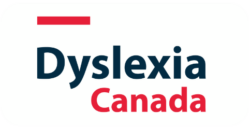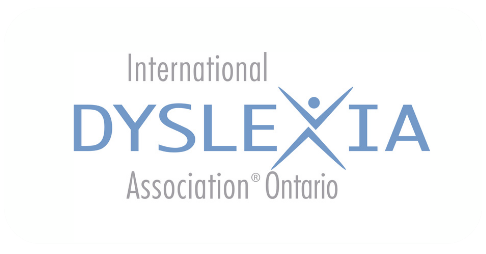Language Foundations Continuum for Reading and Writing
Grades 1–4: Overall Expectation B2
Alphabetic Knowledge
Overview
Category: Alphabetic Knowledge
Alphabetic knowledge refers to knowing the letters by name and understanding alphabetic order.
Knowledge and Skills: Letter Recognition
Kindergarten /Grade 1
Naming and forming upper- and lowercase letters both in and out of order
Grade 1
Naming and forming upper- and lowercase letters both in and out of order, and demonstrating knowledge of alphabetic order
Grade 2
n/a
Grade 3
n/a
Grade 4
n/a
Looks Like
Kindergarten / Grade 1
- naming upper- and lowercase letters both in and out of order, with increasing automaticity
- beginning to print upper- and lowercase letters with appropriate formation patterns
Grade 1
- naming upper- and lowercase letters both in and out of order, with automaticity
- recognizing and naming upper- and lowercase letters in various fonts
- printing upper- and lowercase letters with appropriate formation patterns, size, orientation, placement, and spacing
Why is this important?
Alphabetic knowledge is a robust predictor of future reading success (National Early Literacy Panel, 2002). Letter names are the stable labels that distinguish letters from one another. Knowing how to recognize letter names is one of the skills that is predictive of future literacy skills.
Instruction
For many students, alphabetic knowledge begins at home with informal instruction from a parent or caregiver. All students, and especially students who are at-risk, benefit from explicit instruction in alphabetic knowledge. Some students may require intensified instruction to ensure successful development of the key pre-literacy skills necessary for future literacy success.
Consider using an embedded mnemonic to teach the alphabet. These are visual supports with key words embedded in the letter’s form. For example, the letter < a > would resemble an apple to remind students of the grapheme-phoneme correspondence. Research indicates that teaching with an embedded mnemonic alphabet makes it easier for students to learn letters and sounds.
Research also indicates that the « letter of the week » approach is not fast enough. Consider using an accelerated rate to teach letters, and cycle back to review as needed.
Assessment for Learning
“The primary purpose of assessment is to improve student learning.”
Growing Success, 2010, p. 28
Assessment of alphabetic knowledge is a powerful way for educators to support improved student outcomes. A variety of sources of insight into students’ alphabet knowledge, including early reading screening and diagnostic assessments, can be used as assessment for learning to drive evidence-based systematic and explicit instruction.
Since alphabet knowledge is a critical skill that predicts future reading skills, assessing students’ knowledge and understanding can be done through early reading screening. Many evidence-based screening tools include letter naming fluency subtests for young students, giving an indicator of which students are at risk to have reading difficulty. Educators may also find a diagnostic assessment useful to specifically pinpoint letters that should be taught.
Financé par

Le financement de ces ressources est assuré par le ministère de l'Éducation. Veuillez noter que les opinions exprimées dans ces ressources sont celles d'ONlit et ne reflètent pas nécessairement celles du ministère de l'Éducation.
Financé par

Le financement de ces ressources est assuré par le ministère de l'Éducation. Veuillez noter que les opinions exprimées dans ces ressources sont celles d'ONlit et ne reflètent pas nécessairement celles du ministère de l'Éducation.
© 2023 ONlit. Tous droits réservés.


